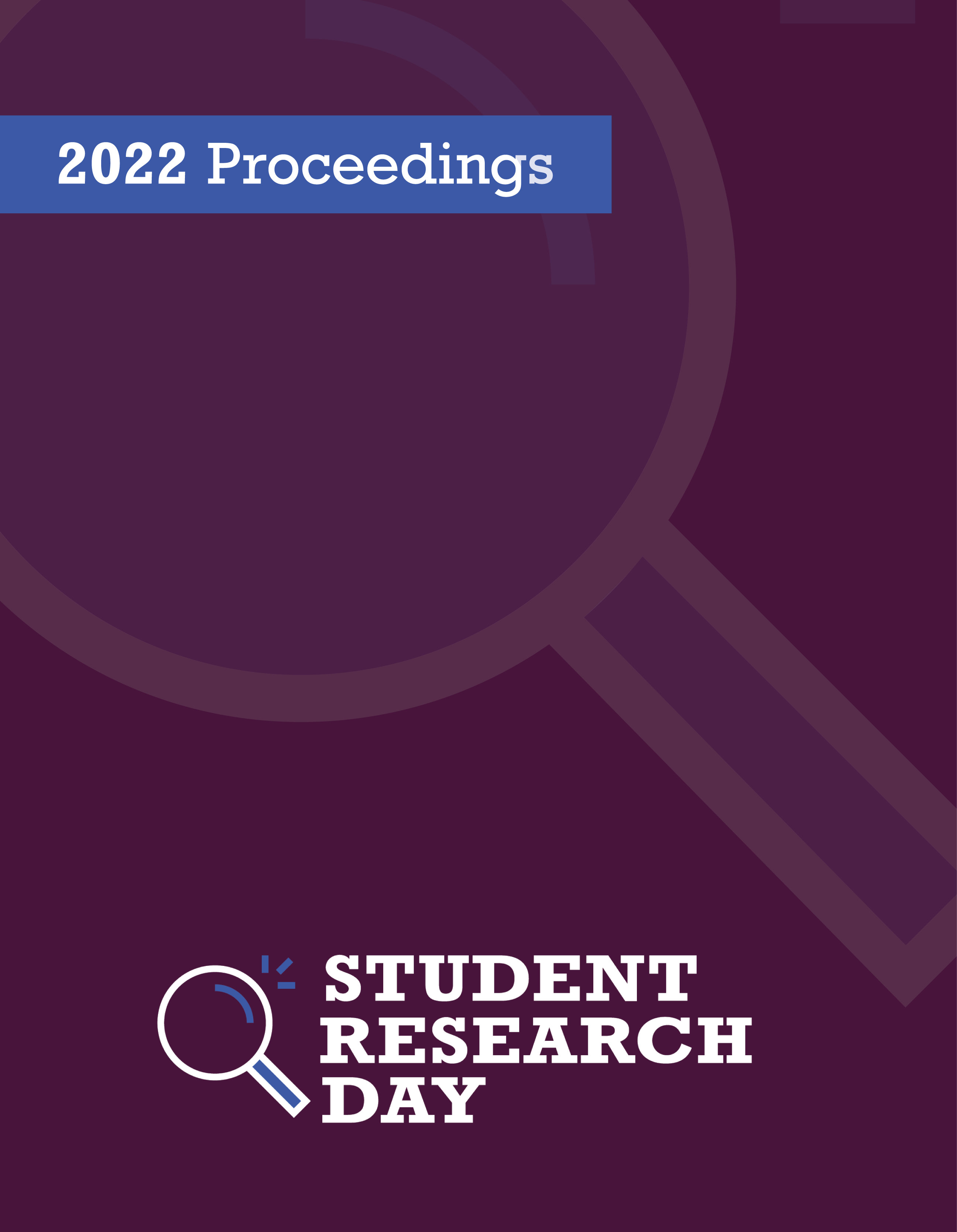Carbonate sedimentology of coral reefs in Sumba Island, Indonesia
Abstract
The Island of Sumba, Indonesia, comprises several reef terraces formed by episodic tectonic activity. Volcanic-derived sediment has been found to have been incorporated into reef fabrics without impacting coral growth, which contradicts the theory that coral reefs do not survive under significant clastic input. However, it is unclear whether intervals of increased clastic content affect coral growth strategies or whether the immature nature of the volcaniclastic sediment explains why clastic input does not choke corals. This study employs various thin sections from Pleistocene-age fossil reefs to document and characterize the sediment’s size and circularity, which is a measure of sediment maturity. The study involves taking images of each thin section. The thin section have stained with alizarin red to turn the calcite/aragonite grains red without affecting other grains. Then, the images were colour-indexed to black and white, with clastic grain appearing as white. The images underwent thresholding to isolate the white grains to measure their circularity and sizes. A range of grain sizes in these sections have revealed that some of the grains detected are small enough to enter corallites and pores in the coral skeleton, while others are much larger and would not impact the coral growth.
Department: Physical Sciences
Faculty Mentor: Dr. Hilary Corlett
Downloads
Published
Issue
Section
License
Authors retain any and all existing copyright to works contributed to these proceedings.



